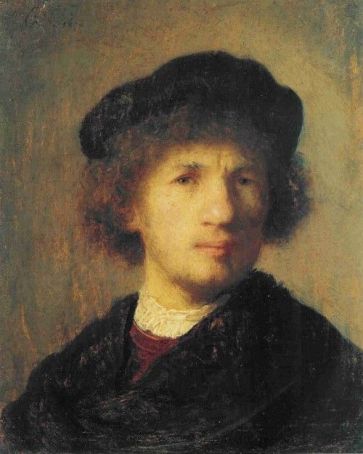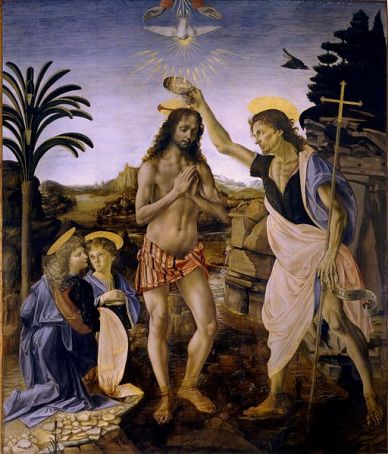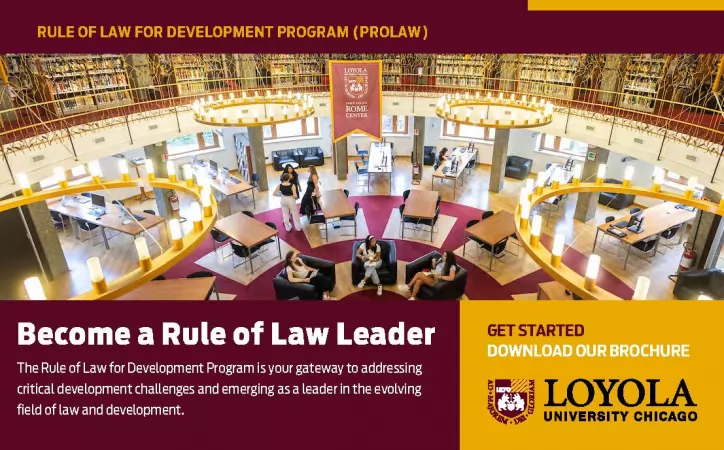While this article may not act as a guide to raising a baby genius, it will give you an idea of the early years of one of the greatest geniuses of the modern age, who, being human, was undoubtedly once a baby and then a child before assuming the appearance of the bearded old man in the iconic portrait.
Our main character is none other than the legendary Leonardo da Vinci, born on 15 April 1452 in the middle of the night in the small town of Vinci or, more precisely, the hamlet of Anchiano, halfway between Florence and Pisa.
We’ve chosen to feature Leonardo because the year 2019 marks the 500-year anniversary of his death on 2 May 1519 at Clos Lucé, a castle in the city of Amboise, France. On that day, as Francis I was holding his head and lamenting the loss of that great man, Leonardo whispered his last words: “I have offended God and mankind because my work did not reach the quality it should have.” It was the perfect farewell of a genius – or so the legend goes.
This year, a number of cultural institutions will be celebrating the anniversary of the death of that astounding polymath. The most eagerly anticipated event will be the mega-exhibition at the Louvre, scheduled for the autumn of 2019 and likely to be one of the greatest cultural events in recent decades.
We’ll be focusing on the mysterious early years of the man of the year. But before we begin, we have to warn you that the little we know about those years is based on scant historical records and lots of wild conjecture.

Not surprisingly for the time and place, Leonardo was born out of wedlock. From his DNA, we know that Leo was the illegitimate son of the Florentine notary Piero di Antonio da Vinci and the orphan girl Caterina di Meo Lippi, so while Leo’s father came from a wealthy family, his mother was considered a nobody. Also a notary, Leonardo’s grandfather Antonio made a record of his grandson’s baptism, including all witnesses who attended the event – and what instantly stands out is that Leo’s mother was not there. It was clear that this would not be a happy family and that the baby was not wanted – at least, not at first.
Baby Leonardo may have lived with his mother during the first years of his life, but by 1457, at the age of five, we find him staying in the house of his grandfather, Ser Antonio, in Vinci. Living in the same house was Leonardo’s grandmother Lucia, the descendant of a majolica artist-craftsman family, and Leonardo’s young uncle Francesco, who was a member of the silk guild of Florence. Leonardo’s father, who married another woman several months after the child’s birth, soon moved to Florence, where he served as a notary for the Medici family, married three more times and had thirteen children.
And what about Leo’s mother, Caterina? We know that she married a farmer and that they had four children together. Beyond that, we know next to nothing. She and Leonardo may have met years later in Milan, a few months before Caterina’s death, and we know that Leonardo paid her funeral expenses.
With so little solid information, the road was wide open for a string of speculative theories on Caterina’s origins. A perfect example is the story of a Chinese girl captured by Mongol raiders and sold as a slave, first in the Crimea, then in Constantinople and finally in Venice. Having arrived in the Italian Maritime Republic she was bought by a wealthy Florentine businessman, Ser Vanni, and brought to his house in Tuscany to help his wife with the chores. Vanni happened to be one of Piero Vinci’s clients, and it was there in the Vanni household that the sexual assault on Caterina took place and where she conceived Leonardo. The book that sets forth this theory is now a bestseller in China – no surprises there.
The story is certainly a spectacular fantasy, but it’s not completely unrealistic. In Renaissance Italy, domestic slaves were often referred to as Tartars or Orientals. According to Italian university researchers who have been reconstructing Leonardo’s fingerprints from those found on his drawings and paintings, the central whorl, a common fingerprint pattern found in the Middle East, suggests that Leonardo’s mother may have come from that area. Approximately 60 per cent of the Middle Eastern population evidently have the same pattern, which leads us to ask: did Leonardo da Vinci have Turkish, Arab, Tartar or even Chinese origins?
Whether that’s true or not, it makes for a great story. But the best is yet to come. The theory goes on to suggest that the scenery behind the Mona Lisa resembles a typical Oriental landscape such as Leonardo might have seen on a Chinese fan in his mother’s possession. Furthermore, the Mona Lisa herself is apparently not the image of Francesco di Giocondo’s wife, Madama Lisa Gherardini, but a disguised portrait of Leonardo’s mother Caterina. Yes, the most famous European portrait of all time is now thought to be the likeness of ... (drum roll) ... a Chinese slave in Europe, 500 years ago – the mother of a genius. It just goes to show the power of globalisation is nothing new.
But let’s go back to the small town of Vinci and the house of Leonardo’s grandfather Antonio. How did Leonardo spend his time? Later in his life, the artist would record only two childhood episodes in his codices. The more famous one reads as follows:
“It seems that it had been destined before that I should occupy myself so thoroughly with the vulture, for it comes to my mind as a very early memory, when I was still in the cradle, a vulture came down to me, he opened my mouth with his tail and struck me a few times with his tail against my lips.”
Sigmund Freud used this quote, which is incorrectly translated into English from the Codex Atlanticus (the “vulture” is actually a kite), in his highly debated work Leonardo da Vinci and a Memory of His Childhood (1910). An interesting read. About sexuality. Guess you probably knew that.
The second incident occurred at a time when Leonardo was exploring the Tuscan mountains around Vinci and one day happened upon a mysterious cave. The darkness of the cave terrified young Leonardo, as did the unknown danger of what might be lurking inside. But his curiosity drove him to explore what was there in spite of his fear. Leonardo most likely wrote the story to illustrate the power of human curiosity. Then again, some pseudo-historians prefer to see the cave as, yes, a stargate or time machine that he could have used for time travel or close encounters of the third kind – no doubt the perfect explanation for Leonardo’s futuristic engineering projects.
The earliest record of Leonardo’s artistic talent is mentioned in a biography written by Giorgio Vasari a few decades after the artist’s death. In it, Vasari describes how a family friend asked Ser Piero if his talented son could embellish his new shield. Leonardo responded by painting some terrifying images of fire-breathing snakes on the round plaque. The monsters looked so real and frightening that Piero sold the shield to a Florentine art dealer and made a huge profit in the process.
Whether this story is true is unknown, but we do know that Ser Piero brought young Leonardo along to Florence to improve his artistic aptitudes. Perhaps Leonardo’s father thought that, as an illegitimate child, his son would not have the opportunity to become a notary like himself and the boy’s grandfather. Leonardo’s skills in arithmetic were also apparently inadequate. Florence, however, had a variety of successful artist studios where Leonardo could serve as an apprentice, and a career as an artist was considered a respectable position.
The decision was made: the young boy would become an artist. In 1466, Leonardo was documented as frequenting the workshop of the great master Andrea del Verrocchio (featured in a marvellous exhibit in Florence this year), with such immortal “schoolmates” as Botticelli, Perugino, Ghirlandaio and Lorenzo di Credi, all future masters of the Florentine Renaissance. The situation could not have been better: Florence was one of the most advanced cultural centres in Europe at that time, and Verrocchio’s “talent scout” atelier was the best place for a boy as gifted as Leonardo to grow and learn. Verrocchio was moreover not only a painter but also an architect, sculptor and goldsmith. The resulting exposure to a vast range of technical skills that included mechanics, chemistry and carpentry as well as painting, drawing and modelling enabled Leonardo to improve all his skills and gifts. As he learned how to use the different paintbrushes, colours and pencils, he developed an irresistible passion for the natural sciences and soon concluded that deduction was the only road to real knowledge: theory alone was no longer enough. Taking part in the atelier’s creations between 1466 and 1476 also helped to shape Leonardo into the man we know today, a man whose passion for observing and comprehending the laws of nature and physics was focused on improving his skill as a painter. This, then, was the learning environment of one of the greatest maestros of Italian art and culture.
The earliest work of art associated with Leonardo is The Baptism of Christ (1472), a painting attributed to Verrocchio and on display at the Uffizi. This painting was clearly the work of different hands, and as Ser Vasari documented once again, Leonardo was among them. But while Leonardo was only one of several apprentices who contributed to the work’s creation, his skill and style so surpassed the rest that Verrocchio himself – so goes the story – put down his brush, never to paint again. While that may be exaggerated, almost all art historians agree that Leonardo painted the more beautiful of the two angels as well as the backdrop to the scene. There is also no doubt that both the figures painted by Leonardo and that of John the Baptist, most likely the work of Botticelli, reveal a modern spirit unlike any prior Florentine creation. The golden generation was rising. Leonardo was now a fully-fledged artist; and so, our story comes to an end.

But before we say “over and out”, let’s go back to the beginning to answer one more question: what did Leonardo look like in his younger years? What was his outward appearance before he assumed the look of a wise Greek philosopher? His biographers describe him as first, a nice-looking boy and later, a handsome man: tall and graceful, strong and valiant. According to tradition, he was the model for his master Verrocchio’s carving of the famous bronze David, now housed in the Bargello National Museum in Florence. If this is true, we can imagine the young Leonardo as a good-looking youth, slender and muscular with long, curly hair – and on his face, just a hint of an enigmatic smile.
In our city, Rome, unfortunately nothing is left of his “Roman years”. But a gem of his early years is displayed in the Pinacoteca of the Vatican Museums. It is a beautiful and charming unfinished painting by the master, the well-known Saint Jerome in the Wilderness, painted probably around 1480 in Florence.
Also read:
The Last Supper, all you need to know




















